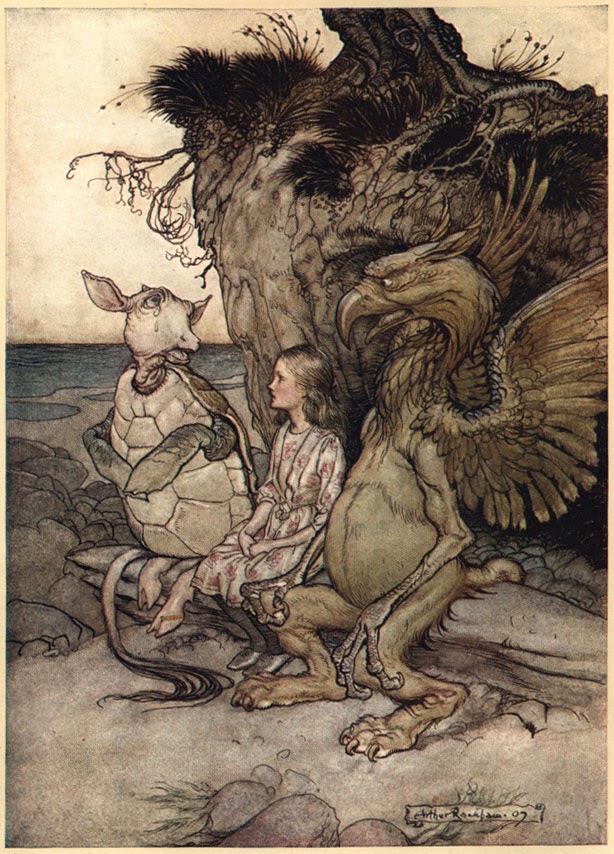Flemish, about 1597
Pen and black ink and gray wash, incised for transfer
10 5/16 x 7 1/8 in.
Jacques de Gheyn II [Dutch, 1565 - 1629]
|
Date:
|
about 1597
|
Medium:
|
Pen and black ink and gray wash, incised for transfer
|
Dimensions:
|
26.2 x 18.1 cm (10 5/16 x 7 1/8 in.)
|
Object Number:
|
92.GA.71
|
Department:
|
Drawings
|
- See more at: http://search.getty.edu/museum/records/musobject?objectid=398#sthash.pD7fYBR1.dpuf
acques de Gheyn II [Dutch, 1565 - 1629]
Artist/Maker(s):
|
Jacques de Gheyn II [Dutch, 1565 - 1629]
|
Date:
|
about 1597
|
Medium:
|
Pen and black ink and gray wash, incised for transfer
|
Dimensions:
|
26.2 x 18.1 cm (10 5/16 x 7 1/8 in.)
|
Object Number:
|
92.GA.71
|
Department:
|
Drawings
|
Culture:
|
Dutch
|
Inscriptions:
|
Secondary Inscription: Inscribed "40" in brown ink in the bottom right corner and "42" in graphite on the verso.
|
| Previous number: |
L.92.GA.23 |
Classification/Object Type:
|
Drawings / Drawing
|
- See more at: http://search.getty.edu/museum/records/musobject?objectid=398#sthash.pD7fYBR1.dpuf
Jacques de Gheyn II [Dutch, 1565 - 1629]
, A Soldier on Guard Blowing the Match.
Dutch, about 1597
26.2 x 18.1 cm (10 5/16 x 7 1/8 in.), 92.GA.
- See more at: http://search.getty.edu/museum/records/musobject?objectid=398#sthash.VkowrLdt.dpuf
"To showe to posteritie the manner of souldiers apparel used in these
dayes." So wrote Jacques de Gheyn of his goals for his lavishly
illustrated book The Exercise of Arms, published in 1607. In
this preparatory drawing for the book, de Gheyn strove to create the
illusion of a living soldier, carefully modeled in the round and
exhibiting a wealth of detail both in costume and weaponry. Focusing on
the intricate task of lighting the fuse of his musket, the soldier wears
a large plumed hat, billowing striped pantaloons, and high boots, with
powder charges strung across his breast. De Gheyn used a simple but
imposing pose to create interest, with long, diagonal lines created by
the soldier's musket, his sword, and the intersecting angle of his
musket rest.
Conceived as a military handbook for the infantry, Exercise of Arms
contained one hundred and seventeen designs illustrating the use of the
smallshot, the musket, and the pike. Count Johann II of Nassau-Siegen
commissioned the text to give the Dutch army a set of clear and
systematic military procedures for training soldiers. In the final
edition, each image also contained a description of the action shown and
its associated commands.
Jacques de Gheyn II
Jacques de Gheyn II [Dutch, 1565 - 1629]
Date:
about 1597
Medium:
Pen and black ink and gray wash, incised for transfer
Dimensions:
26.2 x 18.1 cm (10 5/16 x 7 1/8 in.)
- See more at: http://search.getty.edu/museum/records/musobject?objectid=398#sthash.pD7fYBR1.dpuf
Jacques de Gheyn II [Dutch, 1565 - 1629]
Date:
about 1597
Medium:
Pen and black ink and gray wash, incised for transfer
Dimensions:
26.2 x 18.1 cm (10 5/16 x 7 1/8 in.)
- See more at: http://search.getty.edu/museum/records/musobject?objectid=398#sthash.pD7fYBR1.dpuf
A Soldier on Guard Blowing the Match
Artist/Maker(s):
|
Jacques de Gheyn II [Dutch, 1565 - 1629]
|
Date:
|
about 1597
|
Medium:
|
Pen and black ink and gray wash, incised for transfer
|
Dimensions:
|
26.2 x 18.1 cm (10 5/16 x 7 1/8 in.)
|
Object Number:
|
92.GA.71
|
Department:
|
Drawings
|
Drapery and Costume in European Drawings of the 15th through the 18th Century (March 28 to June 11, 1995)
- The J. Paul Getty Museum (Malibu), March 28, 1995 - June 11, 1995
Dutch Drawings of the Golden Age (May 28 to August 25, 2002)
- The J. Paul Getty Museum at the Getty Center (Los Angeles), May 28, 2002 - August 25, 2002
ShareThis Copy and Paste
- See more at: http://search.getty.edu/museum/records/musobject?objectid=398#sthash.VkowrLdt.dpuf
Jacques de Gheyn II [Dutch, 1565 - 1629]
, A Soldier on Guard Blowing the Match.
Dutch, about 1597
26.2 x 18.1 cm (10 5/16 x 7 1/8 in.), 92.GA.
- See more at: http://search.getty.edu/museum/records/musobject?objectid=398#sthash.VkowrLdt.dpuf
acques de Gheyn II [Dutch, 1565 - 1629]
Jacques de Gheyn II


















































